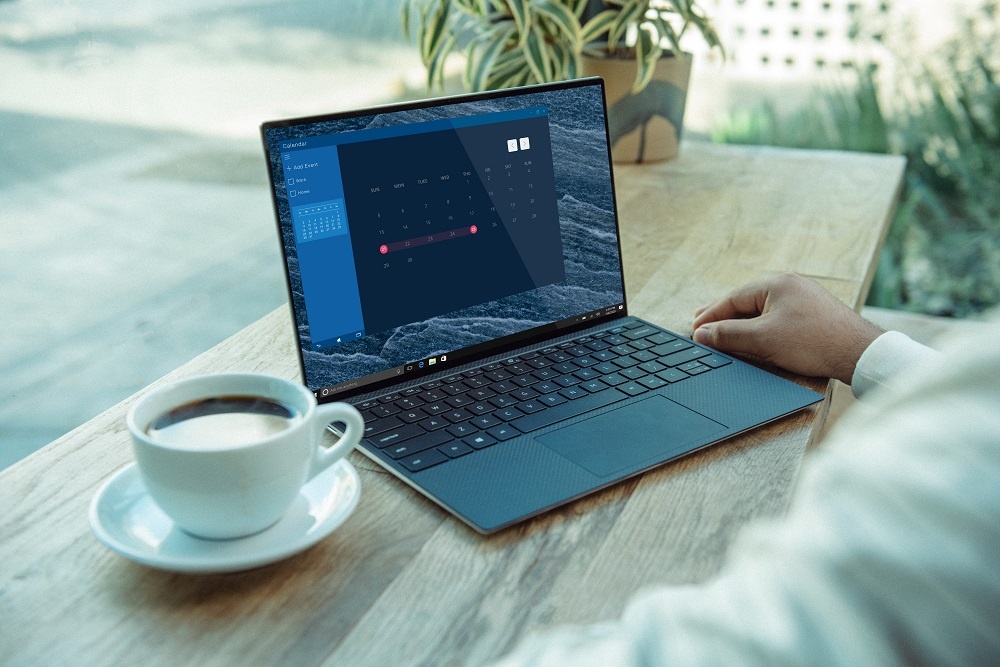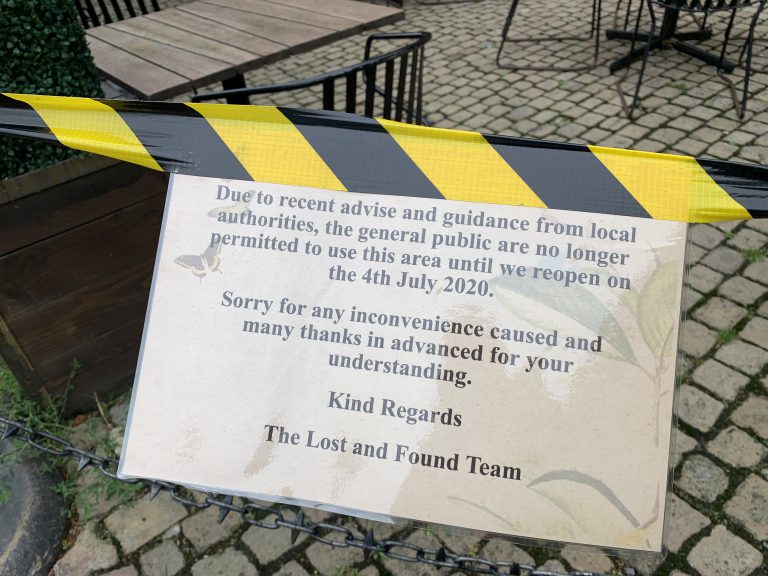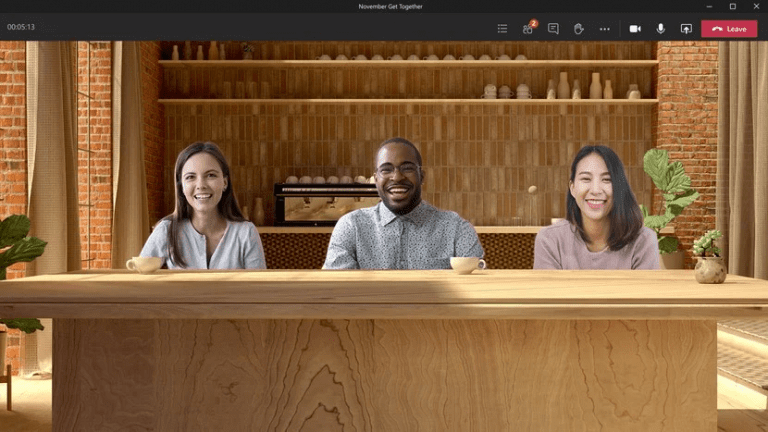In this video, Managing Director Rob Holmes discusses some of the key tech trends affecting the staffing and workforce management sector today. He looks specifically at AI, video and mobility, exploring how they can be used today and in the future to help businesses attract the best talent.
TRANSCRIPT:
Certainly, since RGS started developing software in the recruitment and HR industry, which is over 20 years ago now, we’ve seen obviously a huge growth in the use of technology, not just because there’s a greater adoption, which there is within the industry as a whole, but also because of course the technology itself has grown enormously during that period.
Back then, the really beautiful modern technologies that we have today, like machine learning and artificial intelligence, simply didn’t exist. The new kid off the block back then was CRM. That now is just absolute mainstay, nothing new or fancy about that. But, yes, over the last five years or so, I’d say that we’ve been seeing a really steady growth of some of the fantastic modern technologies. Artificial intelligence, machine learning, neural networks, also online video, and of course, mobility. Those are some of the things that have really, really kind of come to the fore over the last few years.
If we take those one at a time, we think about artificial intelligence. Now, artificial intelligence, some can get quite a bad press I think sometimes. It’s kind of positioned in the popular media as being some kind of dystopian technology where computers are going to take over the world, and they’re going to take over our intelligence. Really, that’s not the case, certainly not yet with the sort of technologies we’re using today.
But, they are used for things like automatic parsing of CVs, automatic matching of candidates to job positions, functions like that which, of course, are really, really powerful for the HR industry or the recruitment industry in particular, because they take away a really slow process for a human to do. They do it very, very quickly. They might not do absolutely perfectly yet, but that doesn’t matter, because if you can take 300 CVs and sift out all the unsuitable ones down to, say, 20, then the human only really has to review the most likely hits, rather than sifting through an awful lot of stuff that’s clearly going to be of no interest. Artificial intelligence does that really well and really quickly. Consequently, you can candidate match for a position in a fraction of the time that it used to take, as long as you’re applying the appropriate technology in appropriate ways.
Another technology that we see being really adopted in particular, of course, over this last year of 2020 with the obvious impact of the coronavirus global health pandemic, which has affected us all so severely, is online video. We were beginning to see it beforehand for online video interviews and this sort of thing. Some people were adopting it, but rather half-heartedly and many people were saying, “Oh no, you can’t possibly do video interviews. They really wouldn’t work terribly well.” But, now I think everybody has accepted that because we were all forced into adopting online video technology much more extensively than we might otherwise have done because of the need for physical distancing. The reality has come to bear that, actually, you can conduct interviews with new candidates on video conferencing systems, and it’s really effective. There isn’t really very much that you lose from the experience by doing it online, compared to doing it face-to-face in the same room.
Then, I think the final one that we talked about was mobility. This is a big one, because, of course, over the last five to seven years, the growth of mobile devices and the power of the mobile devices, and the extent to which pretty much everybody has a powerful smartphone mobile device in their pocket has meant that we can now write software to put on a mobile device that interacts with applicant tracking systems.
It means that you can reach out to people directly wherever they are, whenever they are, and is a matter of great convenience for a candidate who potentially might be looking for their new role, but can’t interact with somebody during normal working hours. They’re likely to want to interact perhaps during the commute to work or commute home again afterwards on the bus or on the train. The mobile device makes that absolutely perfect.
Yes, those are three kind of significant piece of technology that I think have really become pervasive throughout the HR industry and the recruitment sector, certainly over the past few years, and they will continue to become more so. They will grow and grow and grow.
If you are in the staffing and workforce management sector and wish to discuss your current or future technology needs, please contact us for a no-obligation exploratory discussion.
Download a copy of our brochure which provides more detail about our solutions for staffing and workforce management businesses and professionals.






